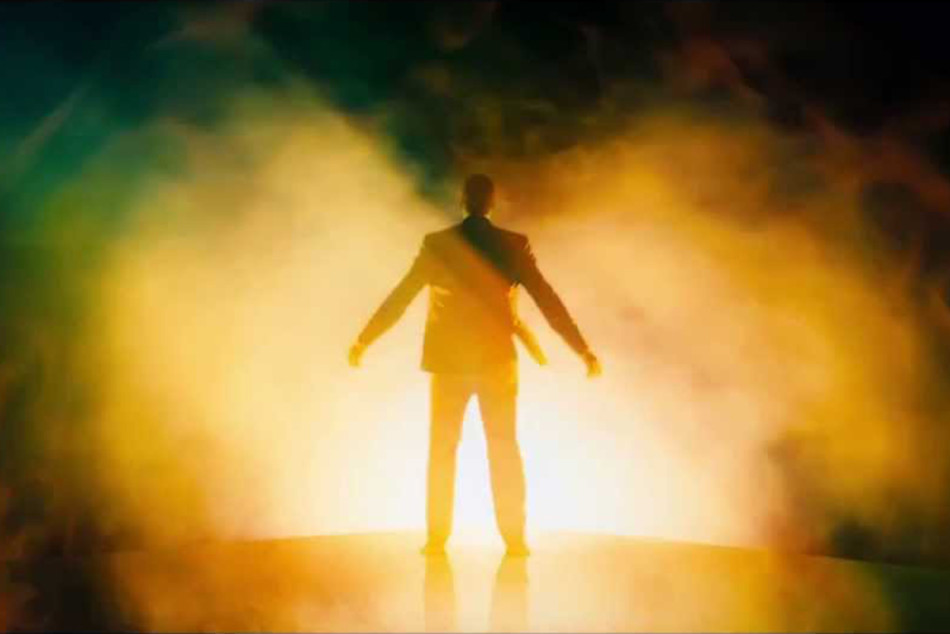Review: “Cosmos” provides an understandable approach to the science of space and time
March 19, 2014
The entire universe, that extends for farther than light can travel in 13.7 billion years, started from a space smaller than an atom in a colossal explosion called the Big Bang. In the TV show “The Cosmos: A Space Time Odyssey”, hosted by Neil DeGrasse Tyson, the viewer explores the infinite and the infinitely small, the beginning of life on Earth and evolution.
The producers present the information in an easy-to-understand manner, even though the number that they deal with are often in the billions. Their comparison of the entire time span of the universe to a calendar year was particularly helpful. On this calendar, the universe started on January 1st and we are currently at new years, which is December 31st. On this calendar, each month represents 200 million years, and each day is 40 million years.
That means all of recorded history happened in the last 14 seconds of the last hour of the last day of the year, and every scientific discovery since the scientific method was developed by Galileo happened in the last 4 seconds. By thinking about it this way, you can start to imagine the immensity of our universe and how small our Earth actually is.
The show is very informative for anyone who has any interest in science or astronomy. They also go in depth into some of the astronomers who saw the universe as it actual is, not what they were told it was. One such person was Copernicus, who came up with the sun centered model of the solar system. Unfortunately, most of these people wound up dead or locked up in jail for speaking against the church or their respective government.
While “The Cosmos: A Space Time Odyssey” is entertaining as a TV show, it’s not good enough to get you interested about the subject if you weren’t already.
7/10











